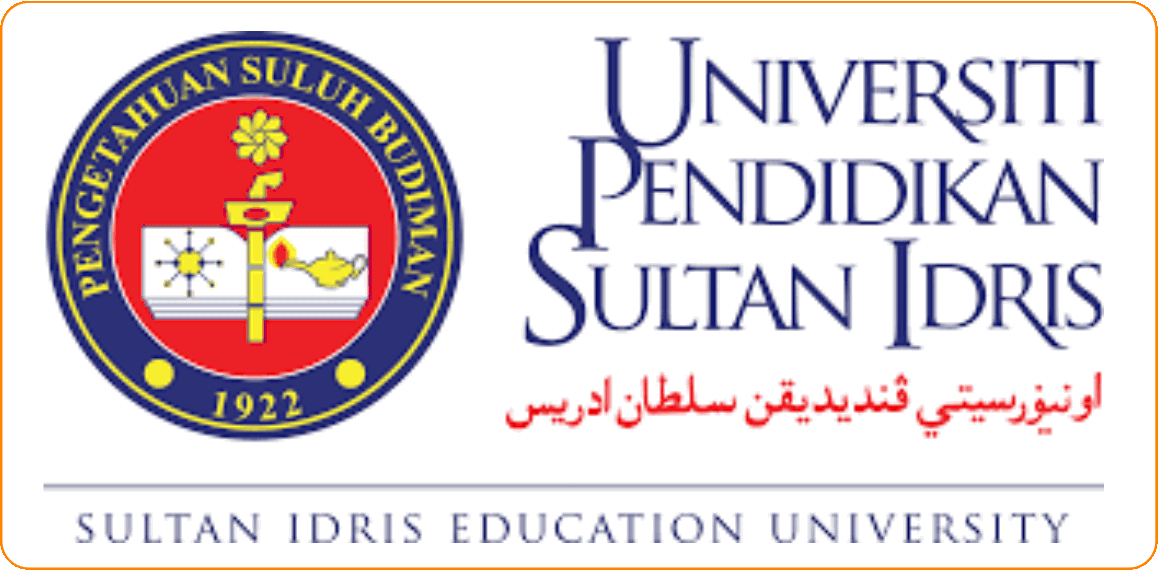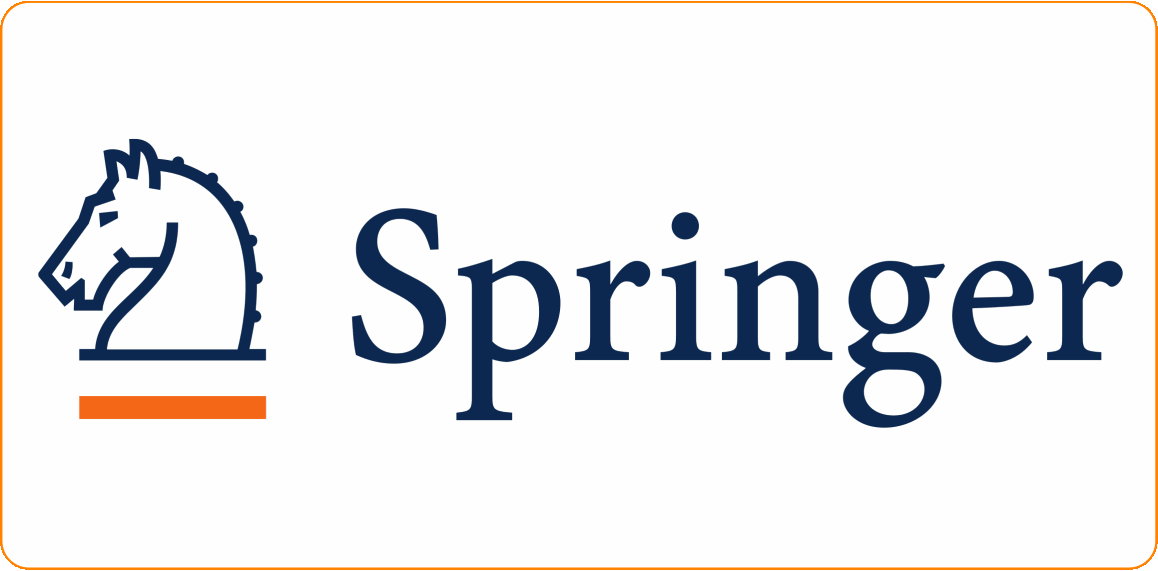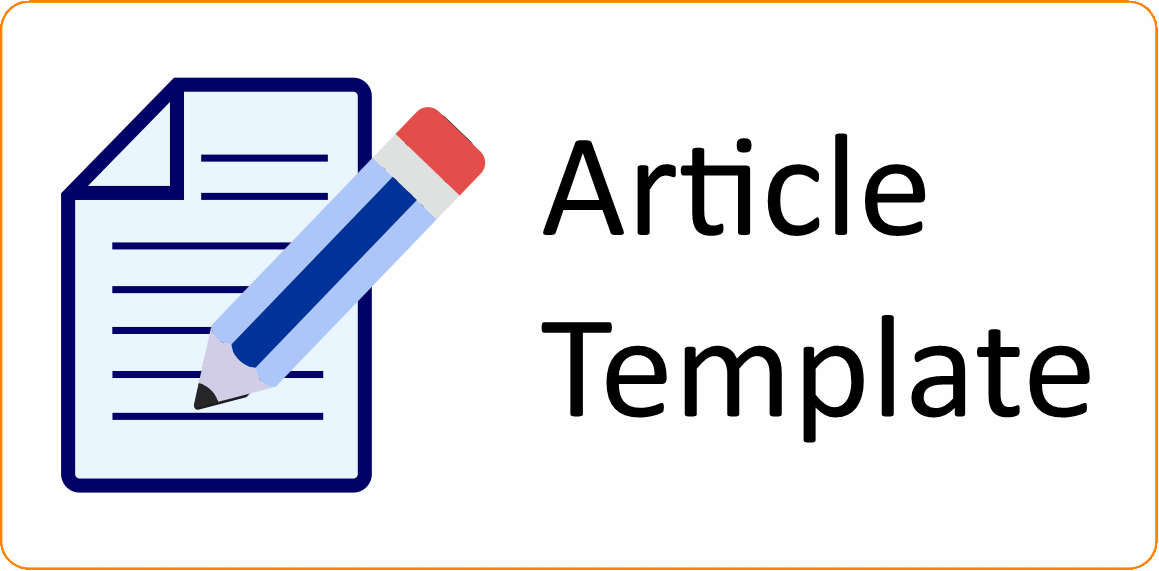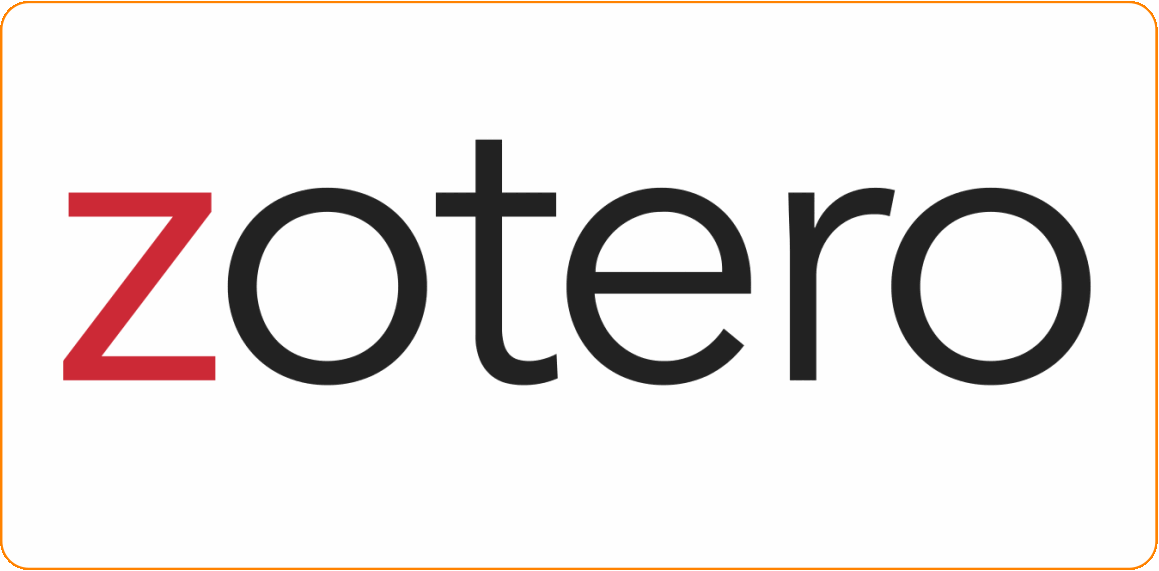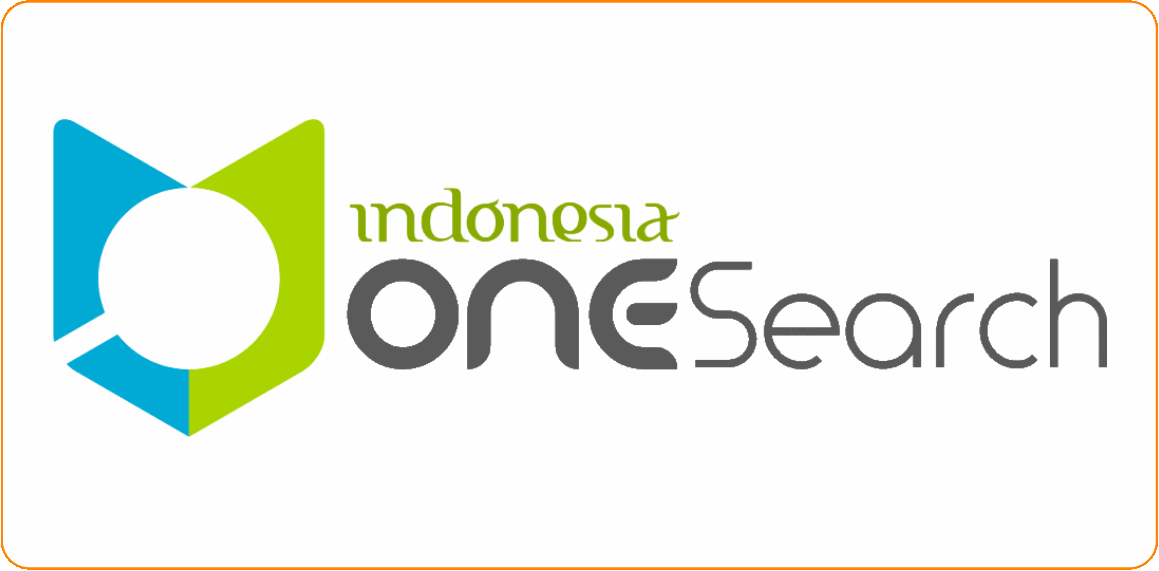Submission Preparation Checklist
As part of the submission process, authors are required to check off their submission's compliance with all of the following items, and submissions may be returned to authors that do not adhere to these guidelines.- The number of keyword is 5.
- The abstract is 150 to 250 words in length.
- The manuscript is written in Microsoft Word.
- The manuscript is written in the IJMARI template.
- References must follow the IEEE citation style and include a minimum of 30 sources.
- References taken from reputable journals indexed in databases such as IEEE Xplore, Scopus, or WOS.
- References should be cited in the text using bracketed numbers in order of appearance, e.g., [1] [2] etc.
- The manuscript should be between five (5) and twenty (20) pages in length, including figures and tables.
- Grammar-checked manuscripts with a score of 90 or above are provided (to be submitted together with the manuscript).
- Similarity-checked manuscripts with a similarity index of 10% or below are provided (to be submitted together with the manuscript).
- By submitting this manuscript, the author(s), represented by the corresponding author, affirms that the work is original, not under review elsewhere, has not been accepted, and has not been published in another journal.
- The author(s), represented by the corresponding author, hereby agree to transfer the copyright of the article to IJMARI, which shall have the exclusive and unlimited right to publish the article in any form, including in electronic media.
- Manuscript withdrawal is strictly prohibited. By submitting this manuscript, the corresponding author affirm their full commitment not to withdraw the submission under any circumstances. Any withdrawal request will be considered unethical and will result in a mandatory monetary penalty.
- By submitting this manuscript, the corresponding author declares that all authors have agreed to the inclusion of their names based on their contributions, and that no name will be removed after submission. Any such request will be treated as a manuscript withdrawal and subject to journal sanctions.
Copyright Notice
The copyright to this article is transferred to International Journal of Multimedia and Recent Innovation (IJMARI) if and when the article is accepted for publication. The undersigned hereby transfers any and all rights in and to the paper including without limitation all copyrights to IJMARI. The undersigned hereby represents and warrants that the paper is original and that he/she is the author of the paper, except for material that is clearly identified as to its original source, with permission notices from the copyright owners where required. The undersigned represents that he/she has the power and authority to make and execute this assignment.
We declare that:
1. This paper has not been published in the same form elsewhere.
2. It will not be submitted anywhere else for publication prior to acceptance/rejection by this Journal.
3. A copyright permission is obtained for materials published elsewhere and which require this permission for reproduction.
Furthermore, I/We hereby transfer the unlimited rights of publication of the above mentioned paper in whole to IJMARI. The copyright transfer covers the right to reproduce and distribute the article, including reprints, translations, photographic reproductions, microform, electronic form (offline, online) or any other reproductions of similar nature. The corresponding author signs for and accepts responsibility for releasing this material on behalf of any and all co-authors. After submission of this agreement signed by the corresponding author, changes of authorship or in the order of the authors listed will not be accepted.
Retained Rights/Terms and Conditions
1. Authors retain all proprietary rights in any process, procedure, or article of manufacture described in the work.
2. Authors may reproduce or authorize others to reproduce the work or derivative works for the author’s personal use or for company use, provided that the source and the IJMARI copyright notice are indicated, the copies are not used in any way that implies IJMARI endorsement of a product or service of any employer, and the copies themselves are not offered for sale.
3. Although authors are permitted to re-use all or portions of the work in other works, this does not include granting third-party requests for reprinting, republishing, or other types of re-use.
The authors agree to the terms of this Copyright Notice, which will apply to this submission if and when it is published by this journal (comments to the editor can be added at the "Comments for the Editor").
Privacy Statement
The names and email addresses entered in this journal site will be used exclusively for the stated purposes of this journal and will not be made available for any other purpose or to any other party.



